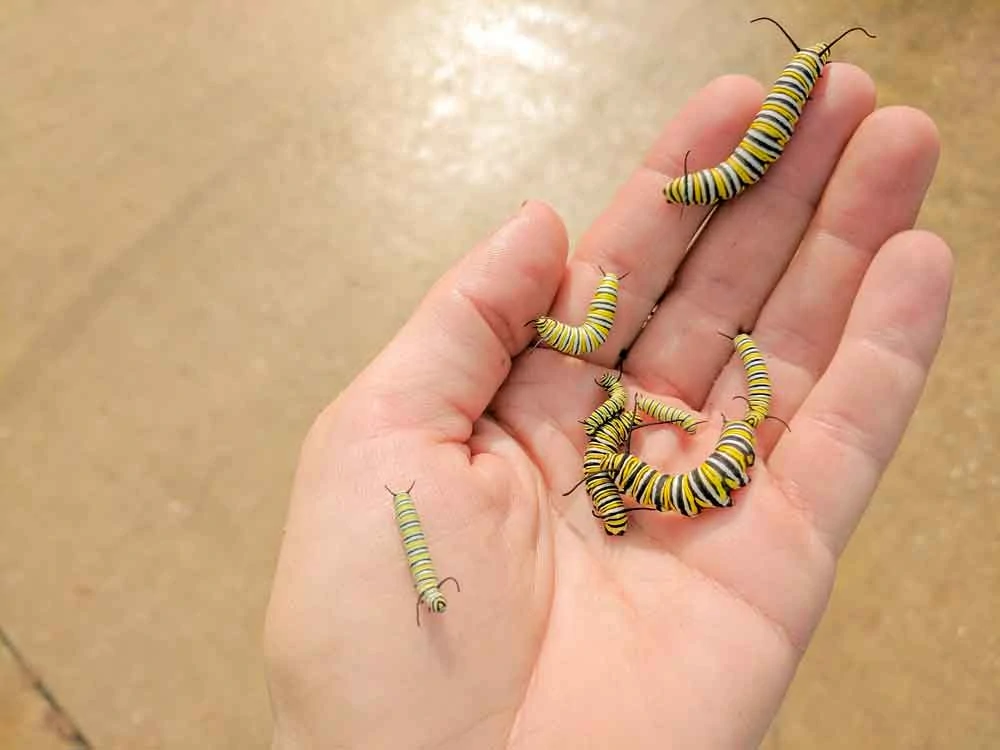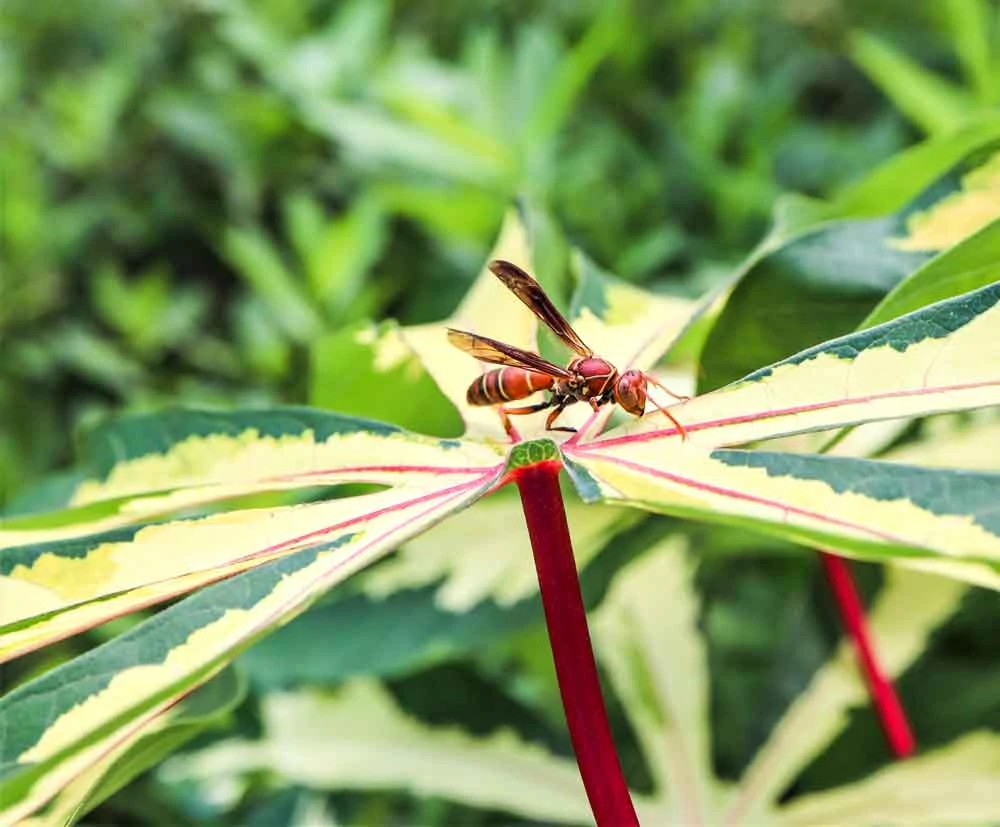by Amanda Rose Newton
Now is the time when most of us are both catching a post-holiday breath and trying to jump-start big goals, such as getting out into the garden.
If you have been in your current home for several years, you have probably noticed a trend of vegetables, landscape plantings, and even potted plants that end up being a quick snack for some unseen creatures.
The garden is a comfortable home for pests, helpers, and neutral residents alike, and proper identification can set you down a path of better understanding and control of your landscape.
In the upcoming weeks, we want to help you solve the mystery of who these free lunch patrons are and when action should be taken.
The following is a list of 8 of the most common plant bandits to familiarize yourself with. If you are still unsure of what is going on in your yard, shoot us a message on Facebook, IG or email us at marketing@rockledgegardens.com to have your burning questions answered in an upcoming post!
Not All Pests Have Six Legs!
When talking pests, particularly in this county, deer and rabbits are just as problematic! Here are a few bad habits they tend to display in the garden and tips on how to deter.
Oh, Deer!
Once you know what you are looking for, deer damage is easy to identify.
Given the shape of their heads and their gnawing teeth, they are not going to take big chunks out of leaves. Instead, they tend to tear into your foliage, leaving jagged edges behind.
Another telling sign deer have been visiting?
Hoof prints left in the soft dirt in your yard, as well as plants ripped at “deer eye level”.
Pesky Rabbits
Rabbits, though cute, are a common visitor and foe of the garden. Their signature trademark is stems cleanly bitten off with a distinct 45-degree angle.
Unlike deer damage, rabbit damage will be most likely to occur close to the ground due to their short stature. They are also famous for causing “girdling” on trees as a result of only gnawing on bark.
The Bugs!
There are many insect pests to be on the lookout for in the garden. For sanity’s sake, I have grouped them according to their method of destruction.
Leaf Chewers:

Caterpillars, Grasshoppers, Beetles
Symptoms: Holes and/or jagged edges left on leaves
Remedy: Soapy water, rinse, hand removal (for the not-so-squeamish)
Sap Suckers
Scale, Aphids, Whiteflies, Spider Mites
Symptoms: Stippling effect that blanches color on the upper surface of leaves, curling of leaves on ends.
Remedy: Soaps and oils work well for most
Borers

Beetles, Caterpillars
Symptoms: Holes present in woody plant trunks
Remedy: Unfortunately, pests invade woody plants when they are already weak. Often times removing the plant is the best treatment. Consult a professional.
Root Feeders:
Grubs
Symptoms: Holes in corms and bulbs, rings of dead turf
Remedy: Thinning beds as dictated for your bulbs really is the best measure for reducing issues. For lawn, check with the info specialist team for the latest and greatest.
Nuisance Pests:
Wasps, Hornets

Symptoms: Nests too close to home or other structures for peace of mind
Remedy: In order to best take out wasps, you need to get them while they are home and preferably at dark. Find entry to nest and soak with the recommended insecticide. Remove nest once it is clear there are few to no survivors.
Fruit and Vegetable Feeders:
Caterpillars, Stinkbugs, Aphids
Symptoms: Holes in fruits, reduction in a crop of vegetables, holes in vines
Remedy: Some horticultural oils and soaps are effective as is Bt-based insecticides.


